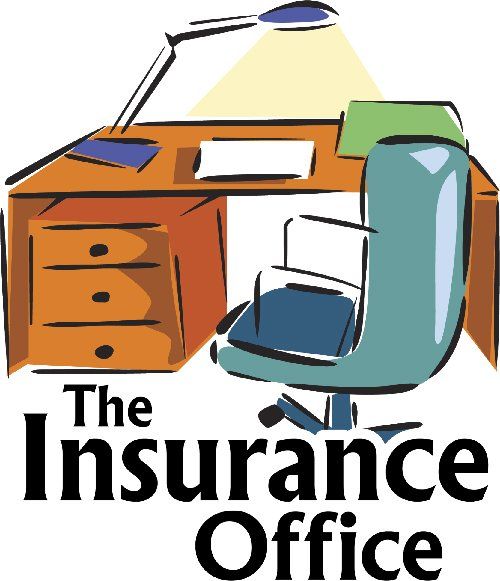Questions to Ask When Shopping for Health Insurance
Before you choose a health insurance plan, you should know the answers to all of the important questions. Of course, there are a lot of questions to ask depending on your situation and the plan you’re interested in. Here are five questions to get you started.
What type of plan is this?
The two most common types of plans are PPO (Preferred Provider Organization) plans and HMO (Health Maintenance Organization) plans.
PPO plans have a network of providers that are considered “in-network.” If you choose to visit in-network doctors or specialists, you will pay less than you would for out-of-network providers. You do not have to choose a primary care doctor. You are free to visit any provider that is in-network.
HMO plans typically require that you choose a primary care physician (PCP). All of your health care is coordinated through your PCP. Make sure your PCP is in-network before choosing this type of plan.
Is my primary care doctor “in-network”?
This question is a direct follow-up to the previous question. You likely already have a doctor whom you see regularly. Regardless of the type of plan you choose, you will want to confirm that your current doctor is in-network or find a new doctor who is in-network. Out-of-network doctors will cost more with PPO plans and may not even be an option with certain HMO plans.
How much will my monthly premium cost? How about my copays?
There is always a level of uncertainty when it comes to health care. Unfortunately, it’s impossible to know what the future holds. This can make it difficult to budget for health-related expenses. One cost that you can count on is your premium.
Quite simply, this is the fixed amount you pay monthly for health insurance. If you have an individual plan, you may pay this on your own. If your health insurance is provided through your employer, they may pay for some or all of your monthly premium.
A copay (copayment) is a fee you are required to pay for specific medical services. Depending on your plan, you may have different copays for doctor visits, specialist visits, and prescriptions.
What is my deductible? Is this a coinsurance plan?
Some health insurance plans require that you pay a certain amount out of pocket before your medical expenses are covered. This is known as a deductible. Once your deductible is met, your plan may cover some or all of your expenses.
If you have a coinsurance plan, your provider will pay a percentage of your expenses (typically 70%-90%) and you pay the rest. Be sure to find out about the maximum yearly out-of-pocket expenses of your plan as well.
What happens if I go to the emergency room?
Depending on your plan, you may be required to contact your primary care physician within 24 hours of an emergency room visit for your health insurance provider to cover your medical expenses.
It is also important to understand any deductibles or copays associated with an ER visit. Some plans require that you go to specific hospitals or service providers. These are all important things to know and understand before you purchase your plan. Don’t wait until there is an emergency to start searching for answers.
Another thing to keep in mind is that many urgent care facilities can perform a lot of the same functions as emergency rooms, often at a lower cost. Research the urgent care options in your area so that you’re prepared in the event of an emergency.
While these are all important questions, they’re not the only ones worth asking. It helps to have someone on your side who understands the healthcare industry and all of the options. If you’re in the market for a new plan, give me a call. I work with a broad range of health insurance providers and can help you find the plan that’s right for you, at a cost that fits your budget. Best of all, my service is available at no cost to you.
“We do not offer every plan available in your area. Currently I represent 7 organizations which offer 31 products in your area. Please contact Medicare.gov, 1–800–MEDICARE, or your local State Health Insurance Program to get information on all of your options.”





